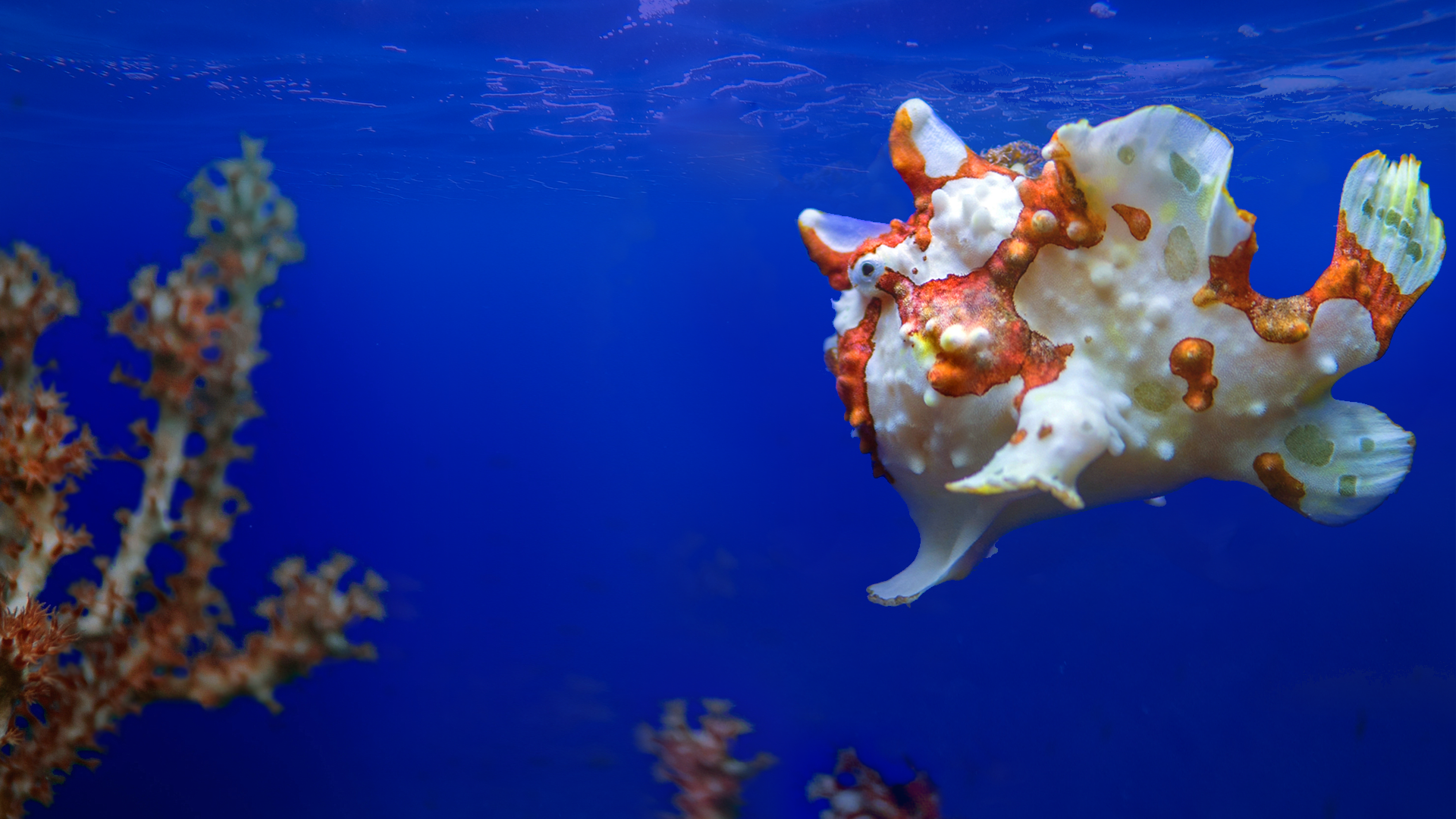
Why do some sea creatures look so strange?
Scroll for prep

Please wait…
This video is having trouble loading. You may have lost your Internet connection.
Step 1: Click to Reload this page
Step 2: Click to
Try our other video player
Step 3: contact support if trouble persists.
Or,
dismiss this message.

DISCUSS:
What makes it so much easier for a fish to live underwater, compared to a human?
What makes it so much easier for a fish to live underwater, compared to a human?

Please wait…
This video is having trouble loading. You may have lost your Internet connection.
Step 1: Click to Reload this page
Step 2: Click to
Try our other video player
Step 3: contact support if trouble persists.
Or,
dismiss this message.
DISCUSS: (1 of 2)
What might be challenging about hunting prey in the ocean?
DISCUSS: (2 of 2)
What traits might help an underwater animal find and catch their food?

Please wait…
This video is having trouble loading. You may have lost your Internet connection.
Step 1: Click to Reload this page
Step 2: Click to
Try our other video player
Step 3: contact support if trouble persists.
Or,
dismiss this message.

Please wait…
This video is having trouble loading. You may have lost your Internet connection.
Step 1: Click to Reload this page
Step 2: Click to
Try our other video player
Step 3: contact support if trouble persists.
Or,
dismiss this message.
Step
01/18
01/18
For this activity, you’ll work with a partner.

Please wait…
This video is having trouble loading. You may have lost your Internet connection.
Step 1: Click to Reload this page
Step 2: Click to
Try our other video player
Step 3: contact support if trouble persists.
Or,
dismiss this message.
Step
02/18
02/18
Get your supplies.

Please wait…
This video is having trouble loading. You may have lost your Internet connection.
Step 1: Click to Reload this page
Step 2: Click to
Try our other video player
Step 3: contact support if trouble persists.
Or,
dismiss this message.
Step
03/18
03/18
Flip each page over and fold it in half along the gray line so that the
words are on the outside. Use your fingernail to make a good crease.
words are on the outside. Use your fingernail to make a good crease.

Please wait…
This video is having trouble loading. You may have lost your Internet connection.
Step 1: Click to Reload this page
Step 2: Click to
Try our other video player
Step 3: contact support if trouble persists.
Or,
dismiss this message.
Step
04/18
04/18
Stack the page with an “A” in the corner on top of the one with a “B.”
Fold your pages in half. Use your fingernail to make a good crease.
Fold your pages in half. Use your fingernail to make a good crease.

Please wait…
This video is having trouble loading. You may have lost your Internet connection.
Step 1: Click to Reload this page
Step 2: Click to
Try our other video player
Step 3: contact support if trouble persists.
Or,
dismiss this message.
Step
05/18
05/18
Hold your stack of papers together. Have your partner cut along the dotted lines in the middle of the page. Then do the same for them.

Please wait…
This video is having trouble loading. You may have lost your Internet connection.
Step 1: Click to Reload this page
Step 2: Click to
Try our other video player
Step 3: contact support if trouble persists.
Or,
dismiss this message.
Step
06/18
06/18
Lay your pipe cleaner on the black line in the middle of your journal.
Tuck the pipe cleaner’s ends into the cuts you made. Twist the ends
together tightly on the back of your journal.
Tuck the pipe cleaner’s ends into the cuts you made. Twist the ends
together tightly on the back of your journal.

Please wait…
This video is having trouble loading. You may have lost your Internet connection.
Step 1: Click to Reload this page
Step 2: Click to
Try our other video player
Step 3: contact support if trouble persists.
Or,
dismiss this message.
Step
07a/18
07a/18
Observe the structures of different frogfish.
Discuss.
Discuss.

Please wait…
This video is having trouble loading. You may have lost your Internet connection.
Step 1: Click to Reload this page
Step 2: Click to
Try our other video player
Step 3: contact support if trouble persists.
Or,
dismiss this message.
Step
07b/18
07b/18
Here’s what we noticed.

Please wait…
This video is having trouble loading. You may have lost your Internet connection.
Step 1: Click to Reload this page
Step 2: Click to
Try our other video player
Step 3: contact support if trouble persists.
Or,
dismiss this message.
Step
08/18
08/18
Watch the video of a frogfish.
Pay close attention to how it uses the structure on its head.
Pay close attention to how it uses the structure on its head.

Please wait…
This video is having trouble loading. You may have lost your Internet connection.
Step 1: Click to Reload this page
Step 2: Click to
Try our other video player
Step 3: contact support if trouble persists.
Or,
dismiss this message.
Step
09/18
09/18
Discuss what you observed with your partner.
Then write your answers to questions 1A and 1B in your field journal.
Then write your answers to questions 1A and 1B in your field journal.

Please wait…
This video is having trouble loading. You may have lost your Internet connection.
Step 1: Click to Reload this page
Step 2: Click to
Try our other video player
Step 3: contact support if trouble persists.
Or,
dismiss this message.
Step
10/18
10/18
Watch the video of a different kind of frogfish hunting for food.
Pay attention to how it gets close to its prey.
Pay attention to how it gets close to its prey.

Please wait…
This video is having trouble loading. You may have lost your Internet connection.
Step 1: Click to Reload this page
Step 2: Click to
Try our other video player
Step 3: contact support if trouble persists.
Or,
dismiss this message.
Step
11/18
11/18
Open your field journal to questions 2A and 2B.
Discuss with your partner and write down your answers.
Discuss with your partner and write down your answers.

Please wait…
This video is having trouble loading. You may have lost your Internet connection.
Step 1: Click to Reload this page
Step 2: Click to
Try our other video player
Step 3: contact support if trouble persists.
Or,
dismiss this message.
Step
12/18
12/18
Watch the video of a frogfish.
Pay attention to how the frogfish’s traits help it eat its prey.
Pay attention to how the frogfish’s traits help it eat its prey.

Please wait…
This video is having trouble loading. You may have lost your Internet connection.
Step 1: Click to Reload this page
Step 2: Click to
Try our other video player
Step 3: contact support if trouble persists.
Or,
dismiss this message.
Step
13/18
13/18
Open your field journal to questions 3A and 3B.
Discuss with your partner and write down your answers.
Discuss with your partner and write down your answers.

Please wait…
This video is having trouble loading. You may have lost your Internet connection.
Step 1: Click to Reload this page
Step 2: Click to
Try our other video player
Step 3: contact support if trouble persists.
Or,
dismiss this message.
Step
14/18
14/18
Watch the video of this frogfish.
Pay attention to how its structures help it eat its prey.
Pay attention to how its structures help it eat its prey.

Please wait…
This video is having trouble loading. You may have lost your Internet connection.
Step 1: Click to Reload this page
Step 2: Click to
Try our other video player
Step 3: contact support if trouble persists.
Or,
dismiss this message.
Step
15/18
15/18
Open your field journal to question 4.
Discuss with your partner and write down your answer.
Discuss with your partner and write down your answer.

Please wait…
This video is having trouble loading. You may have lost your Internet connection.
Step 1: Click to Reload this page
Step 2: Click to
Try our other video player
Step 3: contact support if trouble persists.
Or,
dismiss this message.
Step
16/18
16/18
Open your field journal to the drawing on pages 5 & 6.
Circle and label ALL of the structures that help a frogfish catch and eat food.
Circle and label ALL of the structures that help a frogfish catch and eat food.

Please wait…
This video is having trouble loading. You may have lost your Internet connection.
Step 1: Click to Reload this page
Step 2: Click to
Try our other video player
Step 3: contact support if trouble persists.
Or,
dismiss this message.
Step
17/18
17/18
Flip your field journal to question 6.
Do you agree or disagree with the claim? Why?
Discuss with your partner and write down your answer.
Do you agree or disagree with the claim? Why?
Discuss with your partner and write down your answer.

Please wait…
This video is having trouble loading. You may have lost your Internet connection.
Step 1: Click to Reload this page
Step 2: Click to
Try our other video player
Step 3: contact support if trouble persists.
Or,
dismiss this message.
Step
18/18
18/18
Discuss.

Please wait…
This video is having trouble loading. You may have lost your Internet connection.
Step 1: Click to Reload this page
Step 2: Click to
Try our other video player
Step 3: contact support if trouble persists.
Or,
dismiss this message.

Please wait…
This video is having trouble loading. You may have lost your Internet connection.
Step 1: Click to Reload this page
Step 2: Click to
Try our other video player
Step 3: contact support if trouble persists.
Or,
dismiss this message.
DISCUSS: How do the reef squid’s traits work together to help it catch its prey?

Please wait…
This video is having trouble loading. You may have lost your Internet connection.
Step 1: Click to Reload this page
Step 2: Click to
Try our other video player
Step 3: contact support if trouble persists.
Or,
dismiss this message.


species
1 of 14
one specific kind of living thing that has similar characteristics and can produce offspring with one another

trait
2 of 14
something you can observe about a living thing, such as the broad fins of a fish

Please wait…
This video is having trouble loading. You may have lost your Internet connection.
Step 1: Click to Reload this page
Step 2: Click to
Try our other video player
Step 3: contact support if trouble persists.
Or,
dismiss this message.
behavior
3 of 14
the actions and reactions of living things

Please wait…
This video is having trouble loading. You may have lost your Internet connection.
Step 1: Click to Reload this page
Step 2: Click to
Try our other video player
Step 3: contact support if trouble persists.
Or,
dismiss this message.
predator
4 of 14
an animal that hunts and eats other animals

Please wait…
This video is having trouble loading. You may have lost your Internet connection.
Step 1: Click to Reload this page
Step 2: Click to
Try our other video player
Step 3: contact support if trouble persists.
Or,
dismiss this message.
prey
5 of 14
an animal that is hunted by and eaten by another animal
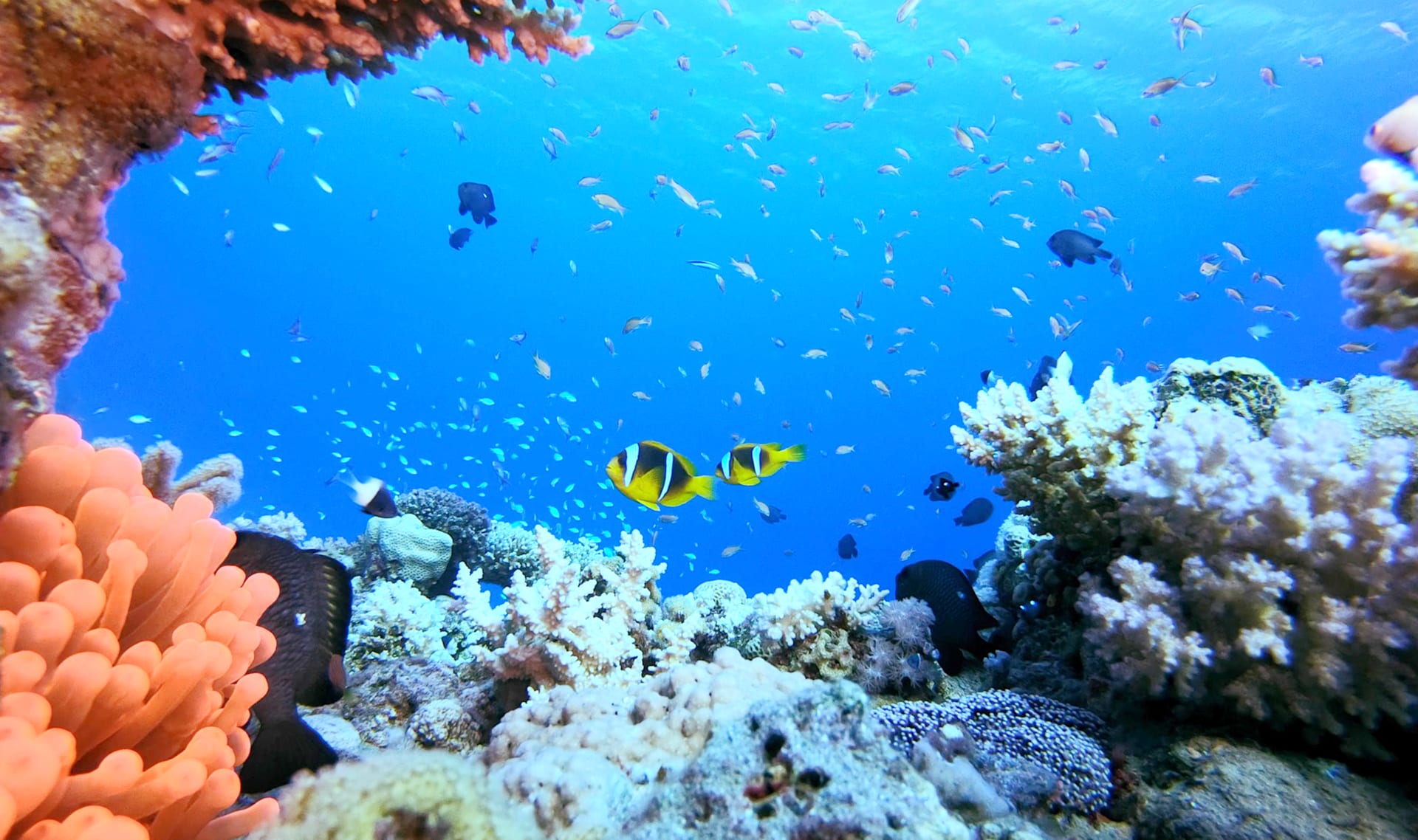
environment
6 of 14
all the living and nonliving things in a particular place
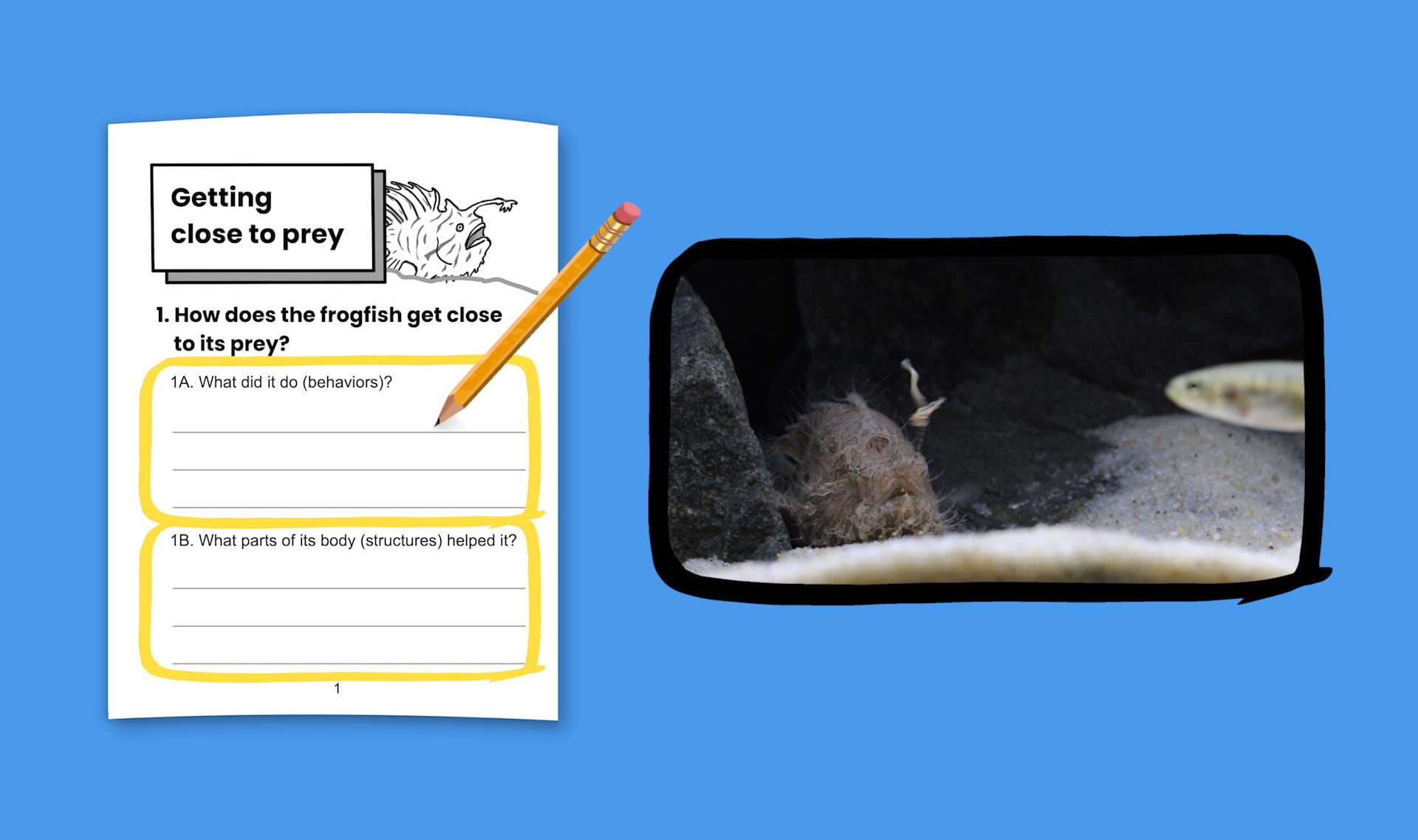
evidence
7 of 14
information that can be used to support or reject an idea
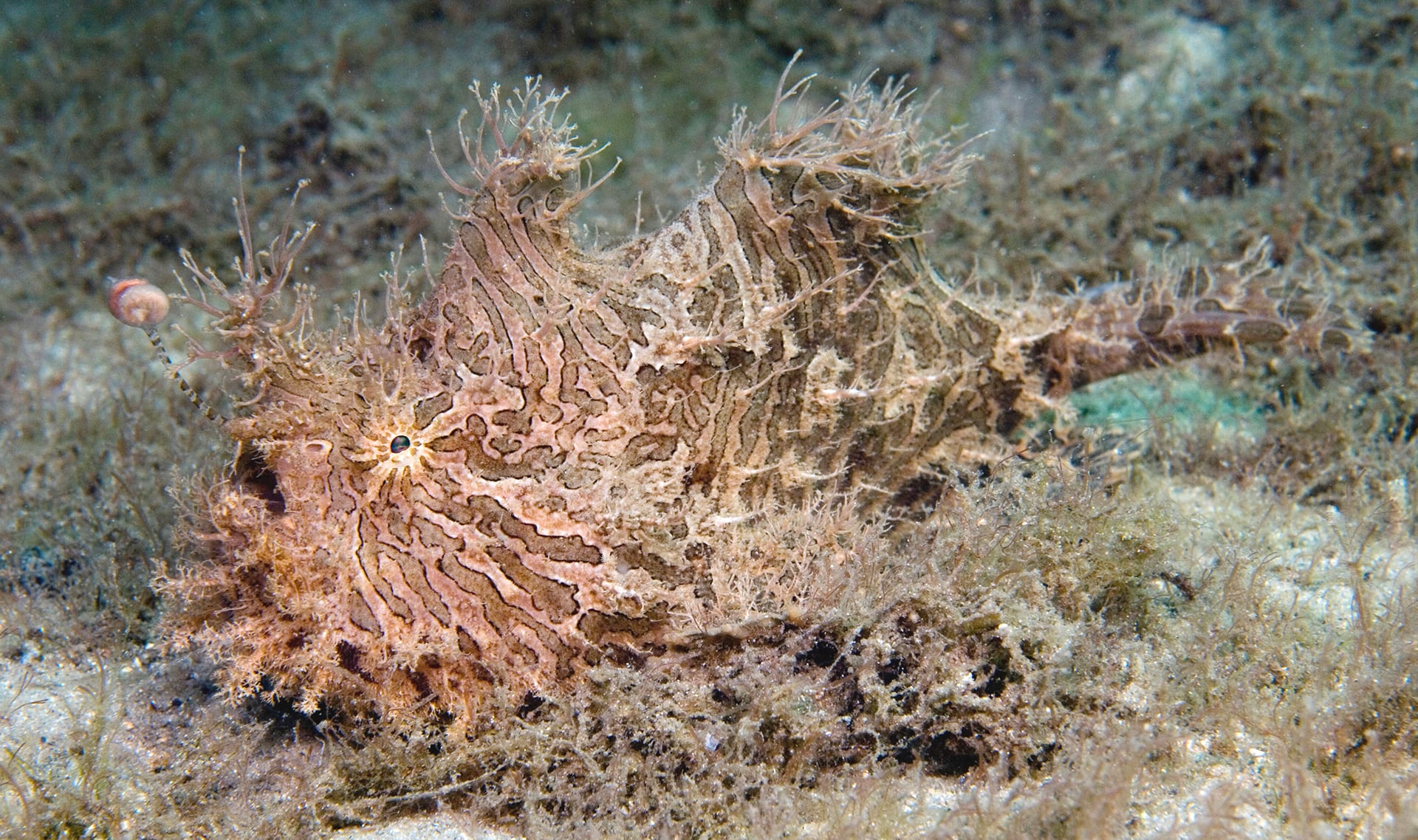
camouflage
8 of 14
to blend in with the place around you
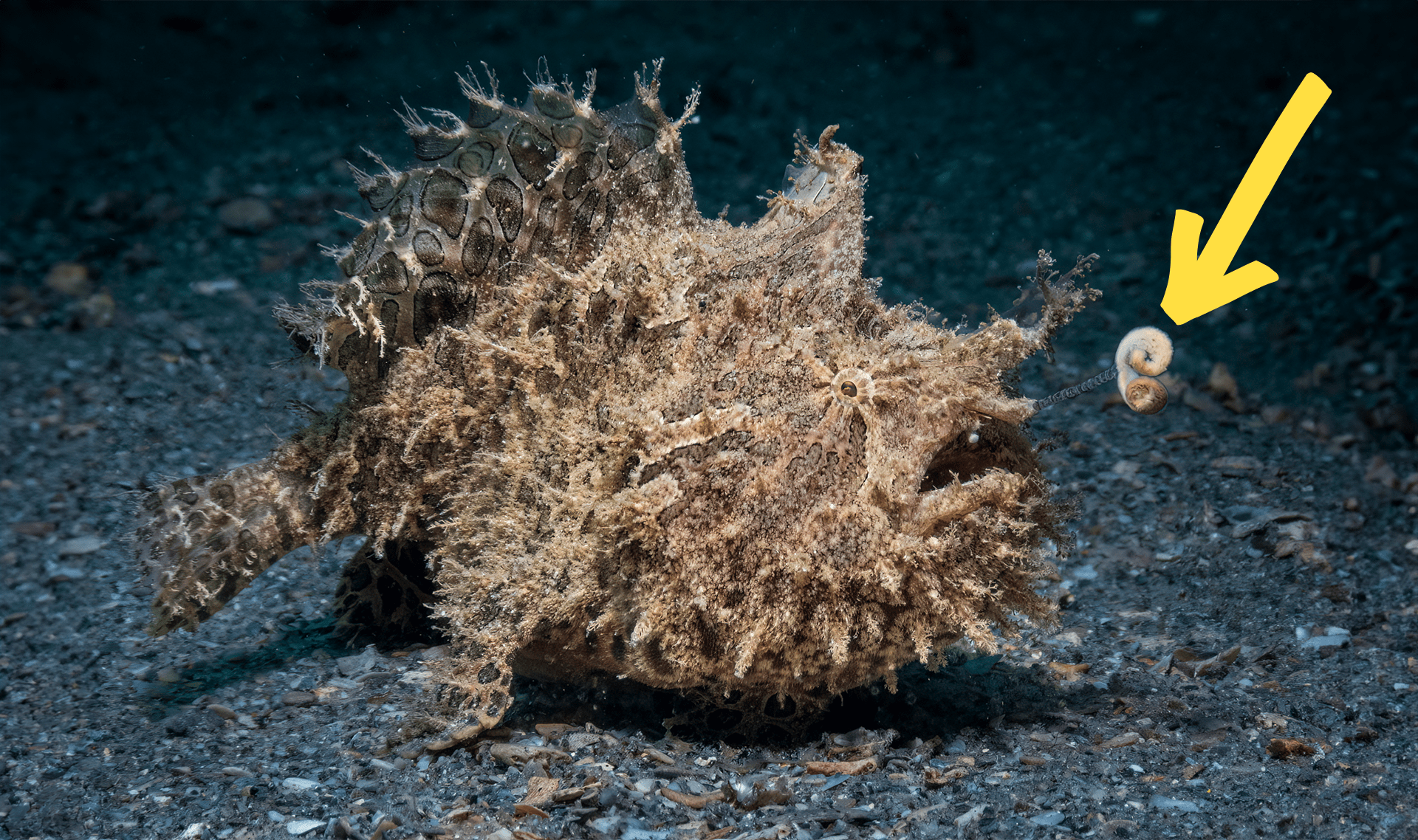
structure
9 of 14
the specific form and shape of something

Please wait…
This video is having trouble loading. You may have lost your Internet connection.
Step 1: Click to Reload this page
Step 2: Click to
Try our other video player
Step 3: contact support if trouble persists.
Or,
dismiss this message.
function
10 of 14
what something does

system
11 of 14
a group of things that affect each other and function as a whole
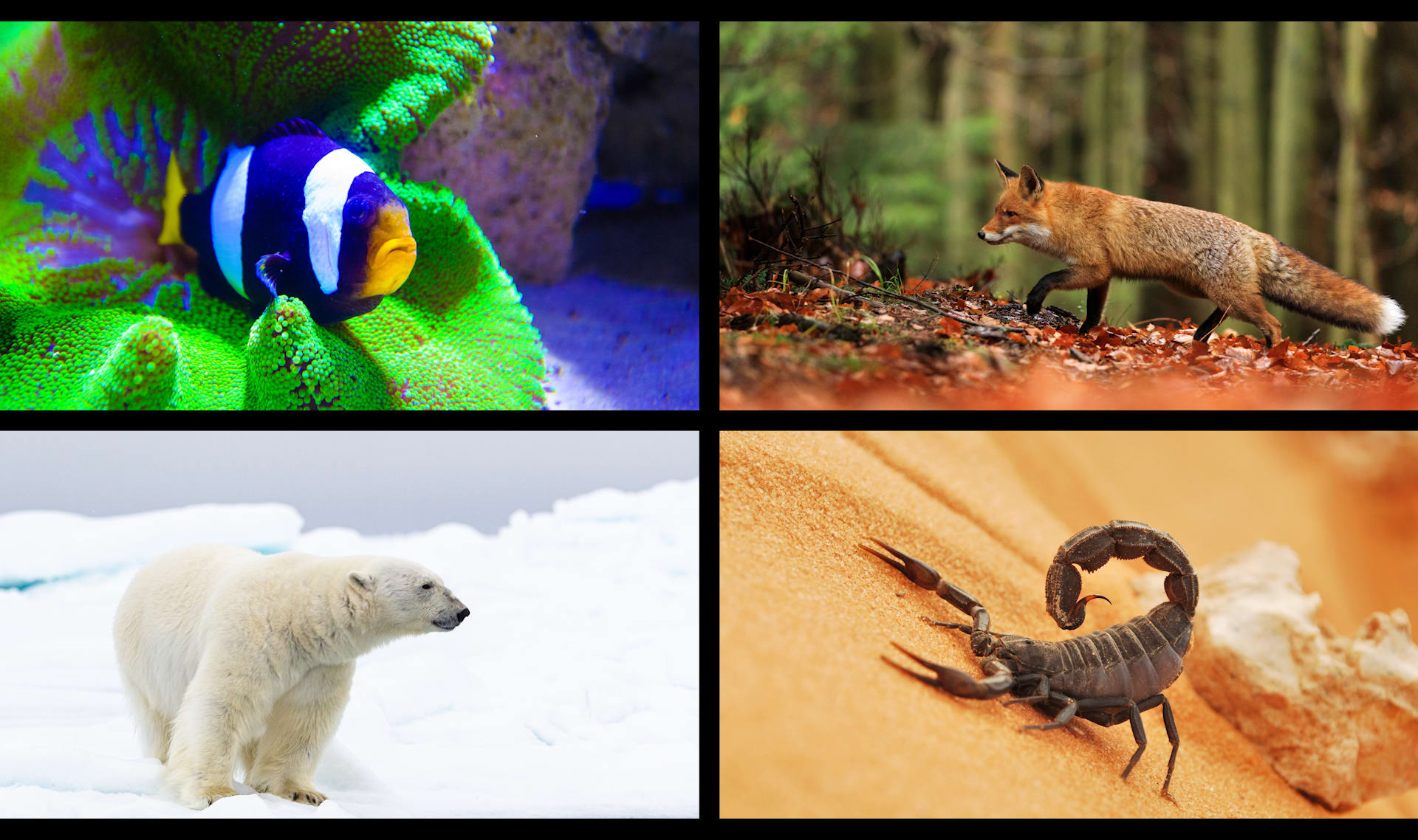
adaptation
12 of 14
a physical trait or behavior that helps a living thing survive in its environment
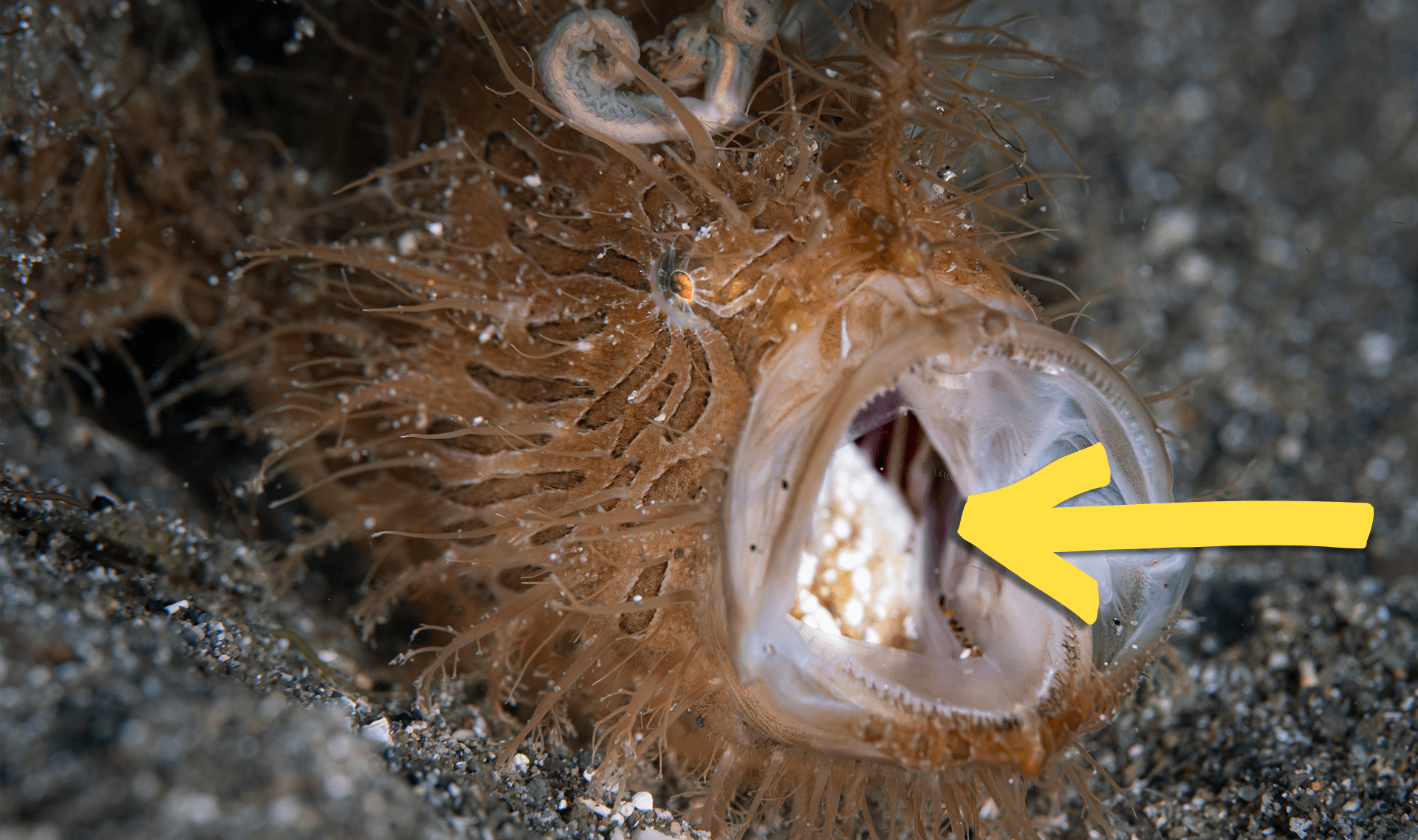
internal
13 of 14
the inside of something, including the inside of living things

external
14 of 14
the outside of something, including the outside of living things
🎉
That’s it for this lesson! How did it go?
Extend this lesson
Sign up now for more great lessons!


